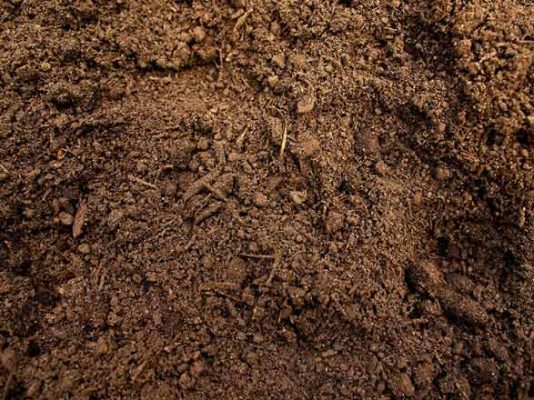WASHINGTON: Scientists have found a way to clean soil contaminated by heavy oil can and make it fertile again.
Researchers from Rice University in the US fine-tuned their method to remove petroleum contaminants from soil through the age-old process of pyrolysis.
The technique, described in the journal Environmental Science and Technology, gently heats soil while keeping oxygen out, which avoids the damage usually done to fertile soil when burning hydrocarbons cause temperature spikes.
While large-volume marine spills get most of the attention, 98 per cent of oil spills occur on land, with more than 25,000 spills a year reported to the Environmental Protection Agency.
That makes the need for cost-effective remediation clear, researchers said.
“We saw an opportunity to convert a liability, contaminated soil, into a commodity, fertile soil,” said Pedro Alvarez, from Rice University.
The key to retaining fertility is to preserve the soil’s essential clays, researchers said.
The researchers put soil samples from Texas, contaminated in the lab with heavy crude, into a kiln to see what temperature best eliminated the most oil, and how long it took.
Their results showed heating samples in the rotating drum at 420 degree Celsius for 15 minutes eliminated 99.9 per cent of total petroleum hydrocarbons (TPH) and 94.5 per cent of polycyclic aromatic hydrocarbons (PAH), leaving the treated soils with roughly the same pollutant levels found in natural, uncontaminated soil.
It follows several papers by the same group that detailed the mechanism by which pyrolysis removes contaminants and turns some of the unwanted hydrocarbons into char, while leaving behind soil almost as fertile as the original.
“While heating soil to clean it isn’t a new process, we’ve proved we can do it quickly in a continuous reactor to remove TPH, and we’ve learned how to optimise the pyrolysis conditions to maximise contaminant removal while minimizing soil damage and loss of fertility,” said Kyriacos Zygourakis, from Rice University.
“We also learned we can do it with less energy than other methods, and we have detoxified the soil so that we can safely put it back,” Zygourakis said.
Heating the soil to about 420 degree Celsius represents the sweet spot for treatment, he said.
Heating it to 470 degree Celsius did a marginally better job in removing contaminants, but used more energy and, more importantly, decreased the soil’s fertility to the degree that it could not be reused.
“Between 200 and 300 degree Celsius, the light volatile compounds evaporate,” Zygourakis said.
“When you get to 350 to 400 degree Celsius, you start breaking first the heteroatom bonds, and then carbon-carbon and carbon-hydrogen bonds triggering a sequence of radical reactions that convert heavier hydrocarbons to stable, low-reactivity char,” he said.
The true test of the pilot programme came when the researchers grew Simpson black-seeded lettuce, a variety for which petroleum is highly toxic, on the original clean soil, some contaminated soil and several pyrolysed soils.
While plants in the treated soils were a bit slower to start, they found that after 21 days, plants grown in pyrolysed soil with fertilizer or simply water showed the same germination rates and had the same weight as those grown in clean soil. (AGENCIES)
Trending Now
E-Paper


